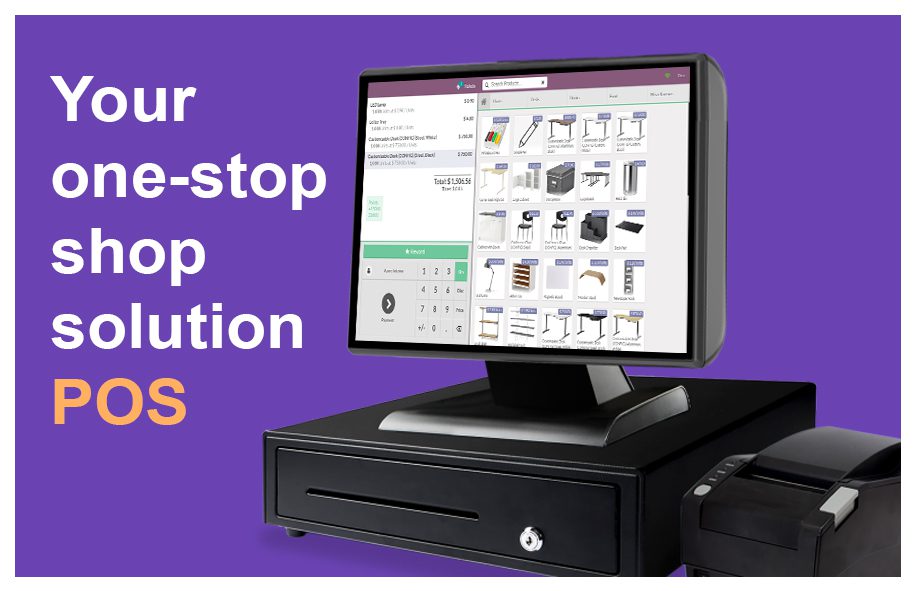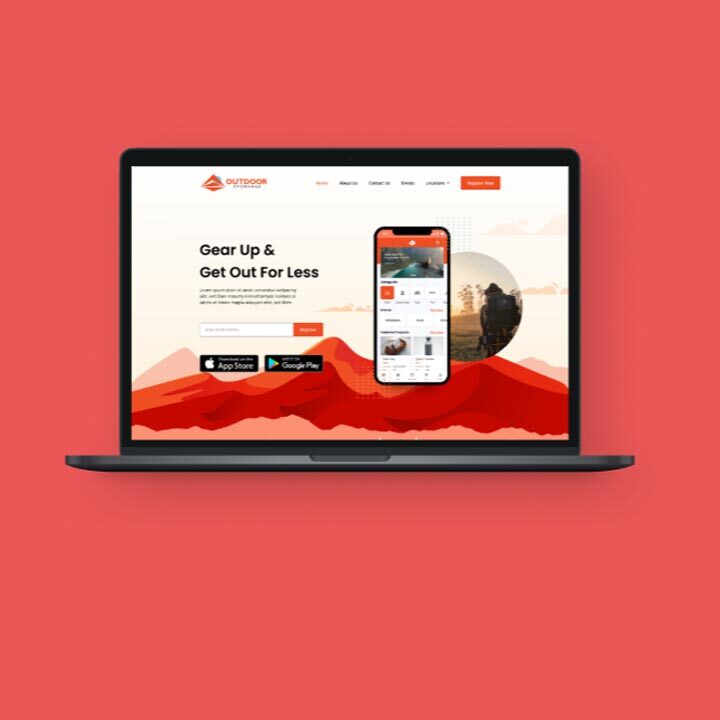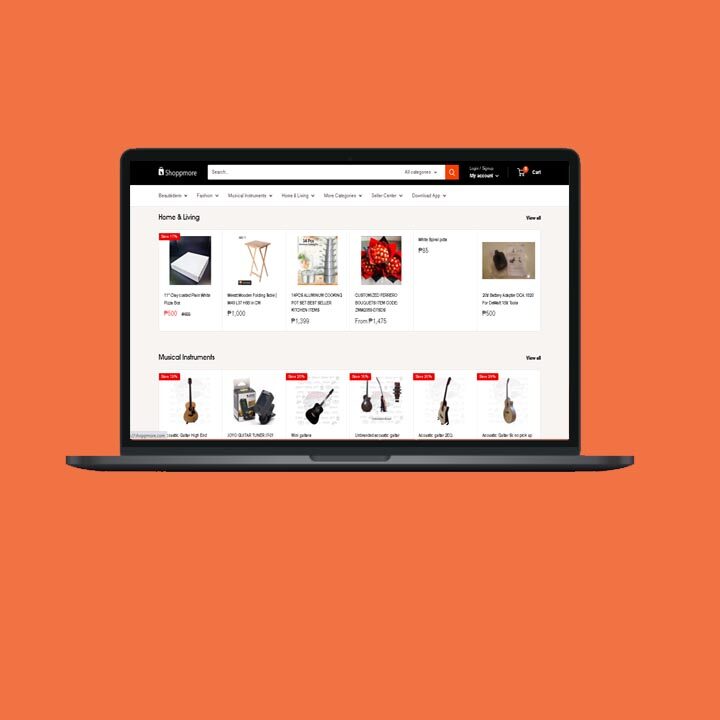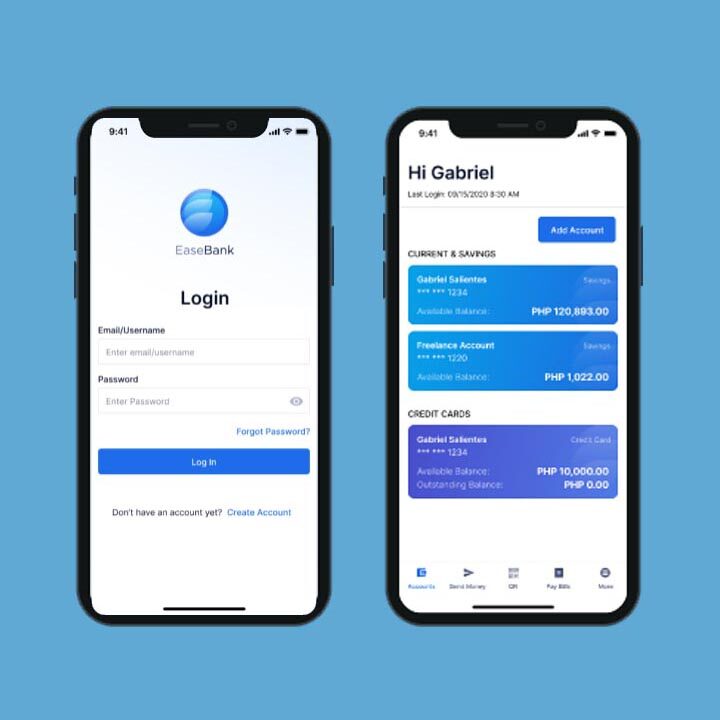Can a Retail technology fail? And if so, then Why?


Seems like almost every day, a new retail technology fails. Why is this happening, and what can be done to prevent it? Lots of people believe that the key to success is understanding why some technologies fail. By studying the failures of others, we can learn from their mistakes and avoid making them ourselves. So Read on!
Why retail technology fails
Retail technology offers businesses various tools to help them run their operations more efficiently and effectively. However, for all the advantages that retail technology brings to the table, it often fails to meet consumer and business expectations. This is because of several reasons, such as outdated software, lack of features, or poor design.
While it can be challenging to create a retail technology strategy that meets the needs of both customers and businesses, it is not impossible. By understanding the common issues that lead to retail technology failures and taking steps to avoid them, you can create a successful strategy that will help your business thrive.
Case studies of failed and successful retail technologies
Failed technologies are those unable to meet customer needs and expectations, while successful technologies deliver on their promise to improve the customer experience.
Some notable failed retail technologies include:
- The Segway: This self-balancing personal transportation device was supposed to revolutionize the way people move around cities. However, consumers’ high price tags and a lack of understanding led to disappointing sales.
- Amazon Fire Phone: Amazon’s foray into the smartphone market was met with lukewarm reviews and poor sales. The phone was heavily criticized for its high price, lack of features, and underwhelming performance.
- Google Glass: Google’s connected eyewear was one of the most hyped technologies of the early 2010s. However, concerns about privacy and the high price tag led to lackluster sales. The product was eventually discontinued.
- Nintendo Virtual Boy: This handheld console was Nintendo’s first attempt at virtual reality gaming. However, the device was plagued by poor reviews due to its limited color palette, lack of games, and uncomfortable design.
- Microsoft Kinect: This motion-sensing input device for the Xbox 360 was intended to bring gaming to a wider audience. However, its high price and lack of appeal to core gamers led to disappointing sales.
Some notable successful retail technologies include:
- Apple Pay: Apple’s mobile payment system has been widely adopted by retailers and consumers. Its ease of use and security features have made it popular for those looking to ditch cash and credit cards.
- RFID tags: Radio frequency identification tags are now used by many retailers to track inventory and prevent theft. The tags have helped improve efficiency and accuracy in the retail supply chain.
- Self-checkout kiosks: Self-checkout kiosks have become increasingly common in supermarkets and other retail stores. The technology has helped speed up the customer checkout process and reduce retailers’ labor costs.
- Barcode scanners: Barcode scanners are another important retail technology. They scan and track product information, which helps retailers keep track of inventory and pricing.
- Point-of-sale (POS) systems: POS systems are used by retailers to process sales transactions. They typically include credit card processing, inventory management, and customer loyalty programs.
How to avoid common pitfalls of retail technology
But when it comes to retail technology, many business owners often fall into the same traps. Here are ten ways you can avoid some of the most common pitfalls of retail technology:
1) Don’t skimp on quality: You often get what you pay for with retail technology. So investing in high-quality hardware and software that will be durable and last long is essential.
2) Do your research: It’s essential to do your research and understand precisely what you need and how your business can benefit from it before investing in any new retail technology.
3) Get expert help: If you’re unsure how to set up or use your new retail technology, don’t hesitate to get expert help. Many professionals can provide guidance and support.
4) Stay updated: Retail technology is constantly evolving, so it’s important to stay updated with the latest trends and developments. This will make the most of your investment and keep your business ahead of the competition.
5) Be prepared for change: When implementing new retail technology, be prepared for changes in your business operations. For example, you may need to train staff to use the new system and adjust your processes.
6) Be patient: Rome wasn’t built in a day, and neither will your new retail technology. It takes time to get everything up and running smoothly, so be patient and don’t give up.
7) Have a backup plan: As with any technology, there is always the potential for problems. So, ensure a backup plan in case something goes wrong.
8) Keep your data safe: When using retail technology, it’s essential to keep your data safe and secure. Ensure you have the appropriate security measures to protect your information.
9) Be aware of scams: Many are associated with retail technology, so be mindful of them and be cautious when dealing with strangers.
10) Get insurance: Getting insurance for your retail technology is a good idea to protect your business. It will cover any damages or losses that may occur.
Technology is an excellent asset for any business, but it’s essential to use it wisely. Following these tips can avoid common pitfalls and make the most of your retail technology investment.
The future of retail technology
With the rapid change in the retail industry, it can be challenging to keep up with the latest trends and technologies. But if you want to stay ahead of the curve, keeping track of the latest innovations is essential. Here are some of the retail technology trends that you can expect to see soon:
1. Virtual reality
It’s no longer just a gimmick – it’s becoming a mainstream technology retailers use to create immersive shopping experiences for their customers. For example, IKEA has launched a virtual reality app that allows users to explore its products in a virtual showroom. And Topshop has teamed up with Google to create a virtual reality fashion show that will enable users to see how the clothing looks on real people.
2. Artificial intelligence
Retailers are already using artificial intelligence to personalize the shopping experience for customers. For example, Amazon’s Echo Look device uses AI to give fashion advice, and Sephora’s Beauty Insider loyalty program uses AI to recommend products to customers based on their past purchases.
3. Blockchain technology
It’s best known for its role in powering cryptocurrencies like Bitcoin, but the technology can also be used to create a secure, decentralized record of transactions. This makes it ideal for use in the retail industry, where it can track the provenance of products and prevent fraud. For example, Walmart is already using blockchain to track the movement of pork products through its supply chain.
4. Augmented reality
Augmented reality is another technology retailers use to create immersive shopping experiences for their customers. For example, Converse has launched an app allowing users to see how its shoes would look on their feet before buying them. And Sephora has an app that lets users try on makeup virtually before they purchase it.
5. Internet of Things
It’s a network of physical devices, vehicles, home appliances, and other items connected to the internet and can exchange data. Retailers are using this technology to create a more seamless customer shopping experience. For example, Walmart uses IoT-enabled sensors to track inventory levels in its stores and automatically reorder products when they run low.
These are just some previews of the many exciting retail technology trends you can expect to see soon. As the industry continues to evolve, we can only imagine what other innovations will make the shopping experience more convenient, personalized, and fun for customers.
Conclusion
It’s okay to fail. It can be downright necessary to learn and grow. But if you’re a business owner like others, you need to ensure that when you fail, you’re doing everything possible to learn from it and move on stronger than ever. Are you ready for the challenge?
Source:
https://www.statista.com/markets/423/topic/2521/retail-technology/#overview
Get the expertise of DigiGlobal Solutions team and make your way into becoming a better business!







